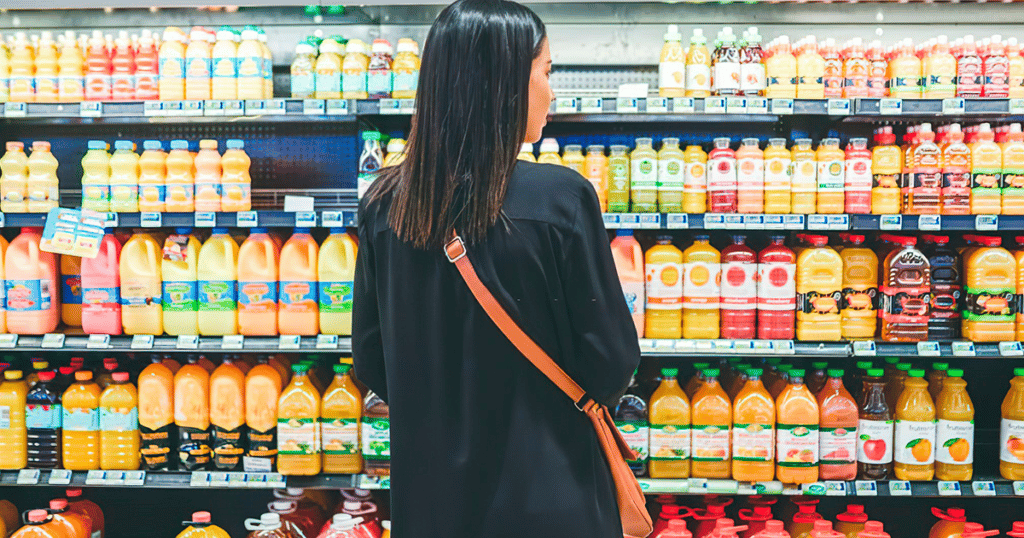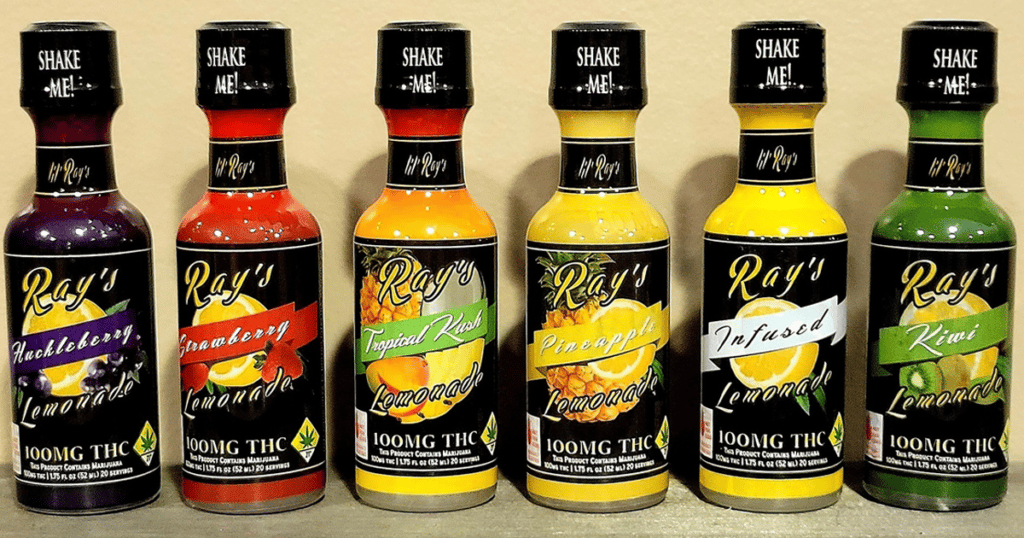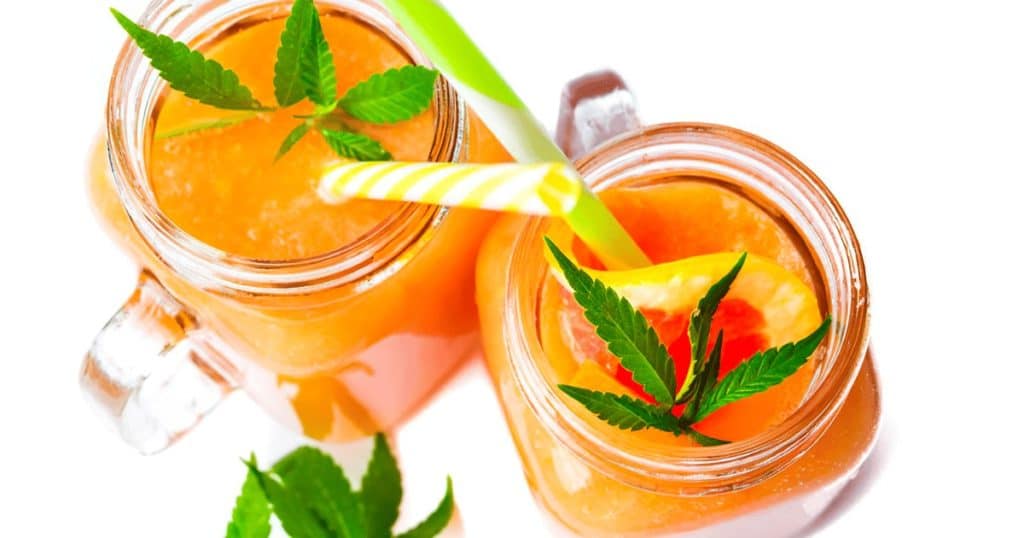It can be smoked, vaped, or eaten. Companies are betting that as more states legalize recreational marijuana, people will want to drink it as well.
Weed-infused beverages are becoming more common, with major beverage companies such as Pabst Blue Ribbon and Constellation already entering the market. Unlike CBD-infused drinks, which have become more widely available in dozens of states, cannabis or weed drinks contain the psychoactive component of marijuana, tetrahydrocannabinol, or THC. When cannabis-infused beverages are introduced, they generate a lot of buzz, but they rarely become the financial success that their backers anticipate.
Keeping The Drinks Market Dry
A common mistake that executives make is the assumption that their consumers are the same. However, that’s rarely the case. Most cannabis drink companies market their products to new cannabis users who want to experiment. That is their first mistake. That consumer represents a minuscule portion of the market. And they’re not buying drinks. The drinks consumer is not a new user and it’s not an occasional user; it’s a heavy user who’s adding that on top of their other five or six products. A large portion of the business strategy for beverages has not been supported by reliable consumer data. Many of the presumptions upon which it was based are no longer true in the current market.
Lance Mathis, a store manager at Inyo Fine Cannabis Dispensary, brings light to another shortcoming of the cannabis beverage industry. While there are a number of new beverage companies entering the scene, many of them cap their THC levels at 10 milligrams per can. In the early days of cannabis beverages, it was common to find cans that contained 100 milligrams of THC. Since the potency cap, beverage sales have decreased. Many of us have been trained to automatically reach for the most potent products, which is why beverage sales have taken a hit. However, Mathis believes that if more cannabis users understood the microdosing sector and wanted to start tapping into it, cannabis beverages would rise in popularity.

A Silver Lining
Ray’s Lemonade is one business that has achieved success; it holds more than half of the market share for cannabis-infused beverages in Washington State. Ray’s success was attributed to marketable branding and a striking bottle. They are compact, affordable, portable, and potent, and they offer a wide range of flavors at a low, stable price point.
The company’s tonic lines don’t perform as well as anticipated. Instead, drink enhancers, which are THC powder that can be added to beverages in the Kool-Aid fashion, have shown promise, and an increasing number of companies are testing them. They also have a longer shelf life; the majority of drinks with THC are printed with an expiration date that is roughly three months away. It is more cost-effective when the powder has a shelf life of one or two years.
The Future
The future of cannabis beverages will be dominated by low-potency beverages rather than those infused with 100 milligrams of THC. This will make it easier to substitute cannabis-infused beverages for alcoholic beverages.
Cultivators began perfecting their flowers and creating legacy strains as marijuana became more mainstream. Cannabis beverages haven’t had nearly as much time. Even though new cannabis-infused beverage brands and companies emerge on a daily basis, they do not have the same longevity as cultivators growing flowers.
Cannabis beverages have the potential to propel the industry forward. The beverage industry will not only survive but thrive, with the help of normalization and mainstream access to drinks.

Enjoyed that first hit? Come chill with us every week at the Friday Sesh for a freshly packed bowl of the week’s best cannabis news!

















